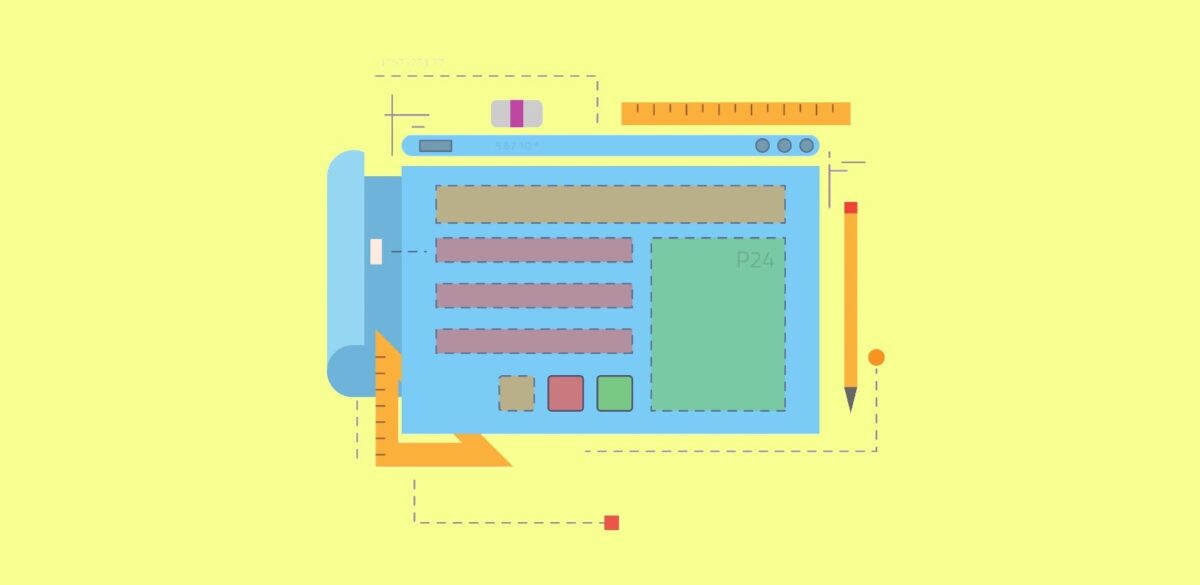
Website usability tests don’t have to be complicated or even digital. A good grasp of user experience (UX) in your website’s design is crucial to keeping users engaged and getting donations. Getting input straight from the source is the best way to finding out what is and isn’t clicking with your site design. One way to conduct your user research1 is with a paper prototype of your website.
What are Paper Prototypes?
A paper prototype is a replica of your website or app drawn or printed on paper. These can be as simplified or detailed as you like. You then give the prototype to a potential user to see how they would interact with each page based on which tasks they wanted to perform.
Interested in adding a new feature to your website? We want to hear about it!LET’S CHAT
Advantages Of Paper Prototypes
Cost
Paper prototypes are one of the quickest and least expensive ways to carry out usability tests. You can make all the prototypes you need with copy paper and a pen. You could add more detail with colored pens, highlighters, and tape, but these are all items you’re likely to have around the office, anyway.
Learning curve
With a paper prototype, you’re recreating the visuals of your website in a tangible form. Your users will be able to “navigate” the prototypes as easily as they could in a digital format. It’s unnecessary to explain how the pages and buttons in your design work – how intuitive the design comes across is the whole point of the paper prototype test.
Creative boost
There’s something about physically creating something, even if it’s a paper replica of a digital design. Putting pen to paper can inspire you, encouraging you to make fresh design choices that weren’t apparent to you on the computer.
Tangible documentation
With paper prototypes, you have instant documentation of this state of the design and testing process. Write your notes on each iteration and you’ll have a solid record of your planned changes.
Disadvantages of Paper Prototypes
There are limits to what you can test for with a paper prototype.
Paper, of course, isn’t responsive like a touchscreen. It’s like the eternal paperback vs. e-reader debate. People will tell you reading a book feels different in each format. Navigating a paper prototype of a website doesn’t feel the same as clicking through on a computer. This means some instinctive reactions someone feels when browsing the website won’t translate to a paper prototype.
It also means that you won’t be able to get feedback on certain popular design elements2 like animations and video.
How to Conduct Paper Prototype Testing
Let’s say you want to test the usability of your website’s navigation. Here’s what you want to do:
- Create the paper prototypes. Take the time to sketch your website on paper. Remember to make a sketch for each page, or at least the pages you wish to test. Represent and label every element on each page in the prototype as they would look on the website. Alternatively, you could use computer printouts of each page.
- Assign your “computer” and your “moderator.” The moderator assigns a task to users, while the computer simulates navigation by flipping through prototype pages. The same person can do these roles.
- Gather your group of participants. This group doesn’t have to be large. In fact, a study shows you can find most design issues with only five users.3
- Show the user your first prototype. Here, it should be your website’s home page. Ask the user what they think they can do on this page. You’ll want to see if they can identify all navigation elements.
- The moderator should then assign tasks to the user based on what elements you want to test. Here, you could ask the user to find other pages in the website and follow the organization on social media.
- Be sure to record everything the users do.
Further reading and resources: